Sex, scent and celebrity: what perfume ads of the 2000s reveal about consumer culture today
In All-American Ads of the 2000s, the latest instalment of Taschen’s book series chronicling print advertising across ten decades, a section on perfume is a striking precursor for consumerism in the age of social media
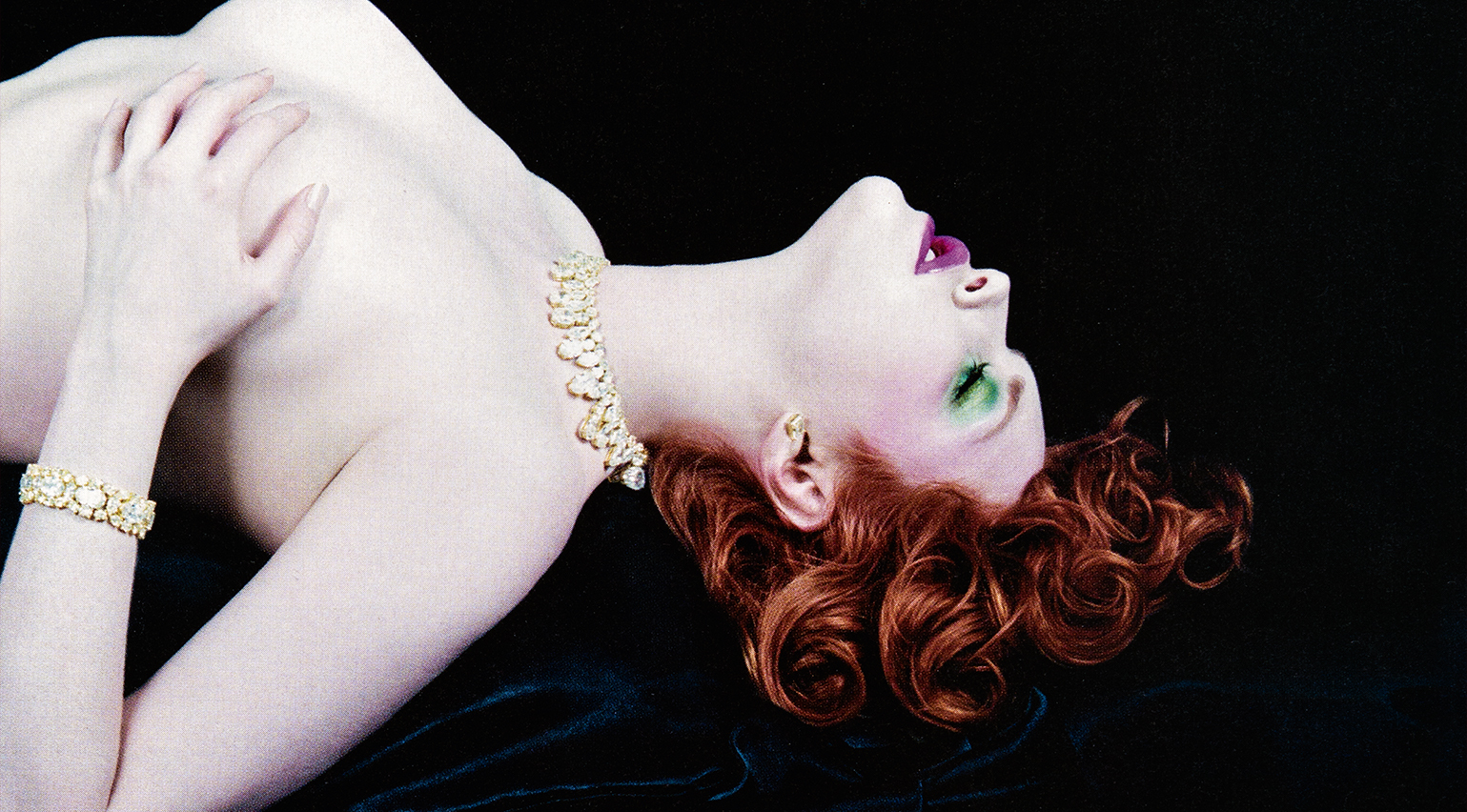
Looking back at some of the most iconic ads of the 2000s, as Taschen’s latest compendium in its All-American Ads series does, reveals early clues about the direction consumer culture was headed.
It was an era when prestige TV and reality shows ruled, celebrities were hocking everything from Moët to milk, and rapid advances in personal tech, photography and the World Wide Web were on the verge of reshaping life as we know it today.
Sex, scent and celebrity: Taschen’s All-American Ads of the 2000s
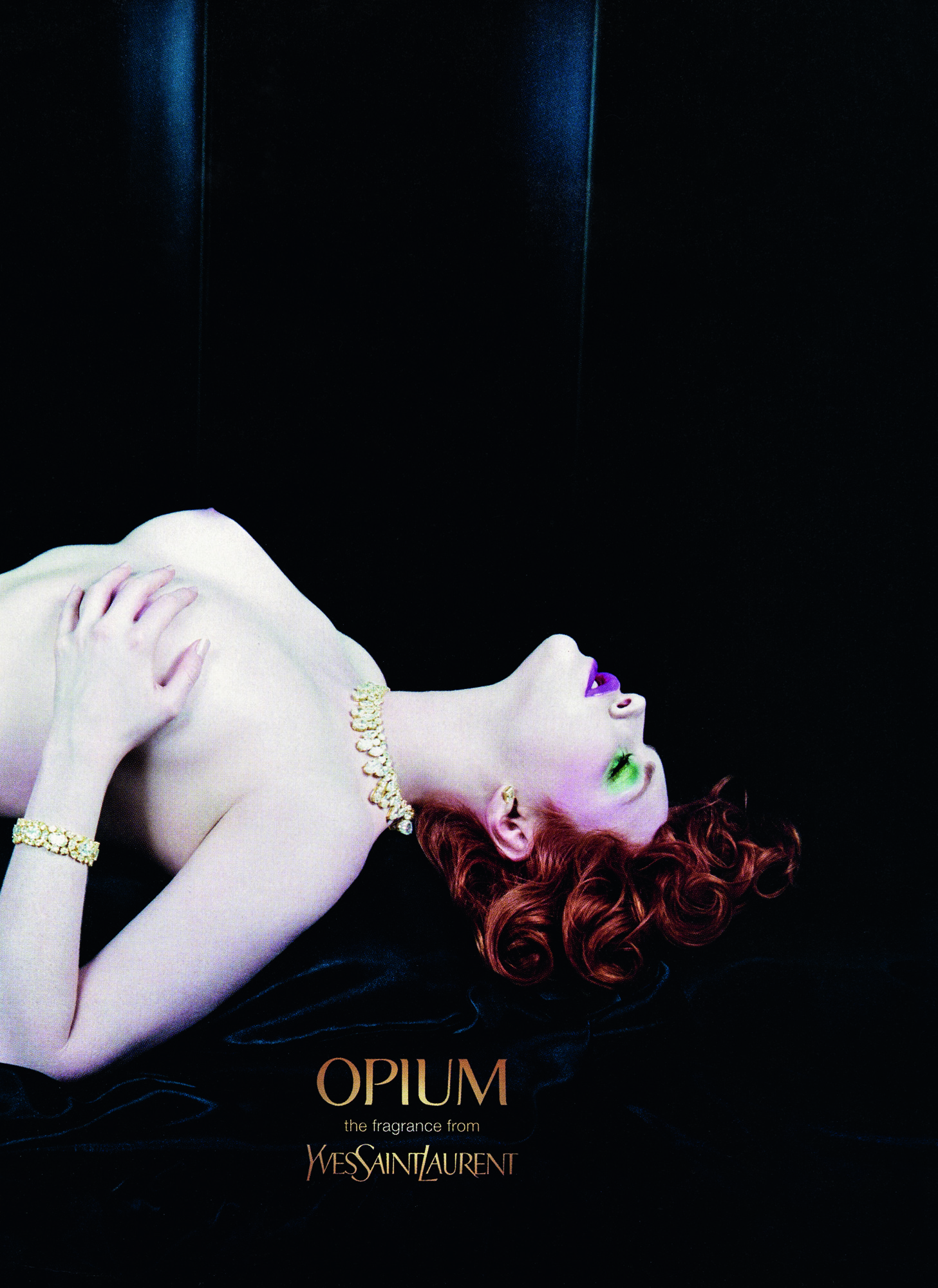
A nude Sophie Dahl starred in the 2000 advert for Opium by Yves Saint Laurent, by Tom Ford and Steven Meisel, which was ultimately banned by the UK’s Advertising Standards Authority
Within its pages – divided into chapters on alcohol, tobacco, cars, travel, entertainment and more – are sections devoted to fashion and fragrance. Here, the 2000s truly emerge as a decade when the phrase ‘sex sells’ reached provocative new heights in a growing attention economy.
Few understood this better than American designer Tom Ford. In particular, All-American Ads highlights his 2007 For Men fragrance campaign, in which perfume bottles were cheekily placed, tongue-in-cheek, over glistening, naked bodies to preserve a semblance of ‘modesty’. Earlier, during his tenure at Yves Saint Laurent, Ford was responsible for the infamous Opium advert. Shot by Steven Meisel and released in the year 2000, the image showed a nude Sophie Dahl in ecstatic repose. It drew hundreds of complaints and was ultimately banned by the UK’s Advertising Standards Authority, but the controversy meant that it remains one of the most iconic perfume adverts in history.
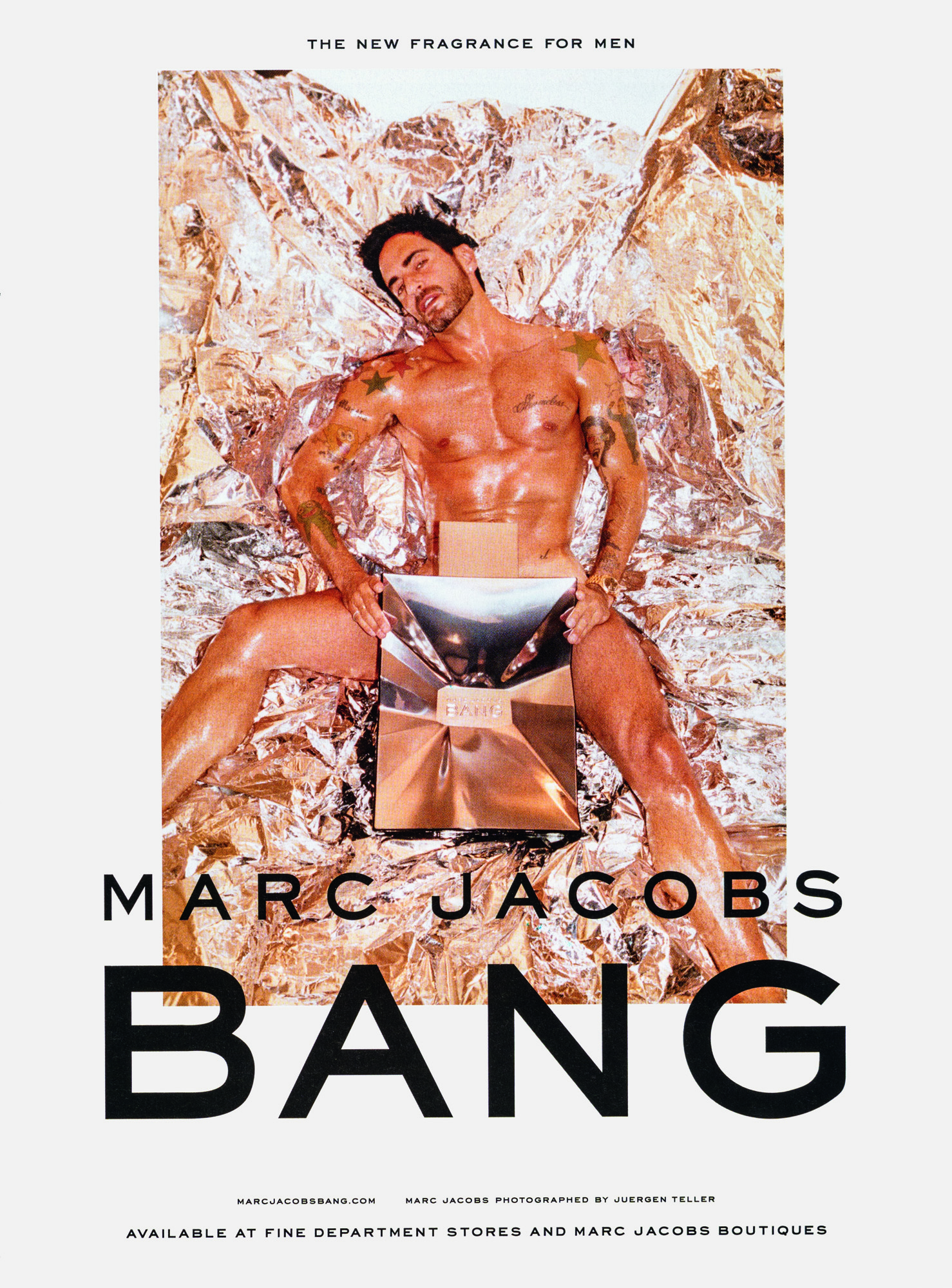
Marc Jacobs’ 2010 fragrance advert for Bang!, shot by Juergen Teller, featured the designer himself
The book also charts the rise of the celebrity perfume brand, which, alongside celebrity beauty lines, is a hotter commodity today than ever before. While Elizabeth Taylor arguably pioneered the trend with her 1987 Passion fragrance, it was the massive commercial success of her White Diamonds line, which launched in 1991, that popularised the trend of celebrity-branded perfumes. ‘Everybody jumped on board,’ Jim Heimann, editor of All-American Ads of the 2000s, tells Wallpaper*. ‘David Beckham, Michael Jordan... And Paris Hilton, who just seemed to be everywhere, selling her products. Celebrity endorsement with perfumes is so indicative of advertising trends in the 2000s.’
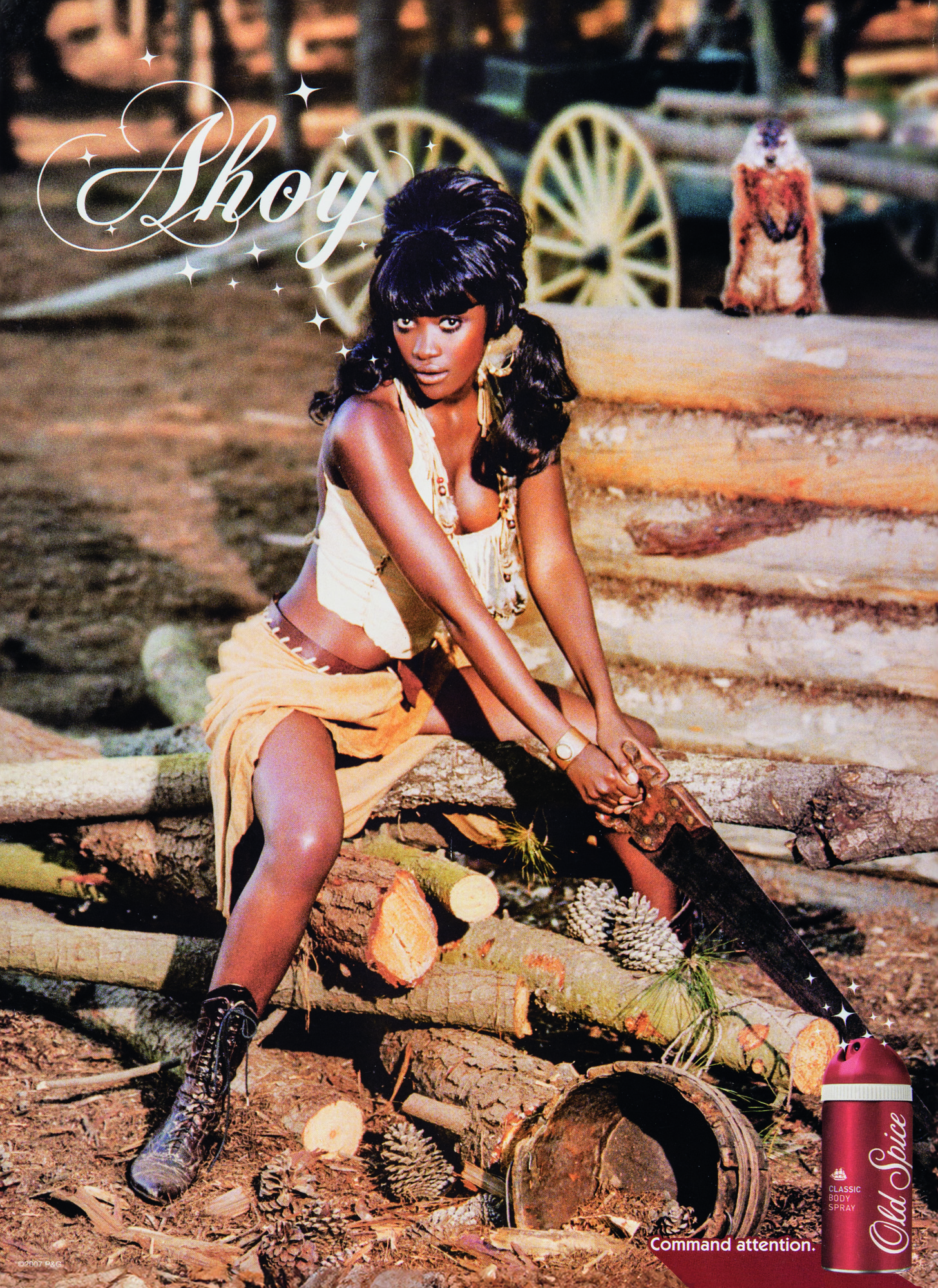
An advert for Old Spice (2007)
All-American Ads of the 2000s features Taylor’s 2003 scent Gardenia, alongside Jennifer Lopez’ 2002 advert for Glow. And, it even highlights Donald Trump’s 2004 cologne, Donald Trump The Fragrance, where the current POTUS is depicted beside a beaming Melania. In other full-circle moments, designers like Ford and Marc Jacobs star in their fragrance ads. Jacobs’ 2010 campaign for Bang, shot by Juergen Teller, sees him nude, save for a giant bottle of the scent strategically covering his crotch in an unmistakable nod to Ford’s visual language.
‘One of my bellwethers for this kind of sexuality in 2000s advertising is men’s underwear,’ says Heimann. ‘You see virtually nothing between the 1950s and the 1970s. Then, in the 1980s, Calvin Klein changes everything: you’ve got a guy, seven storeys high in the middle of New York, wearing only his underwear.’
Receive our daily digest of inspiration, escapism and design stories from around the world direct to your inbox.
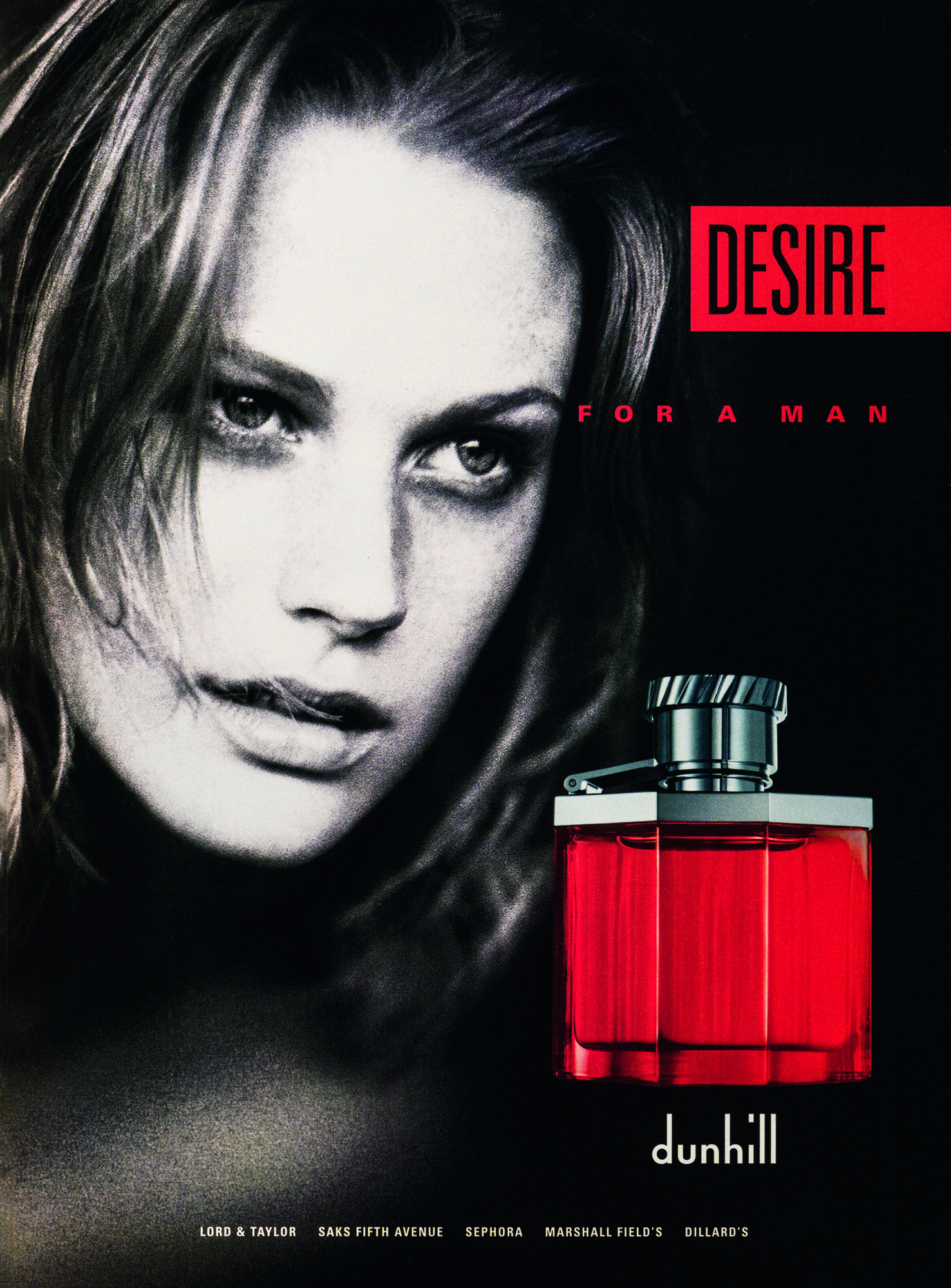
An advert for Desire For Men by Dunhill (2002)
Alongside the aspirational messaging that one must smell, dress and eat like a celebrity, a striking theme within All-American Ads of the 2000s is the recurring lure of ‘individualism’. How can the average consumer become more than ‘average’ and ‘stand out from the crowd’ through the products they use?
The 2000s helped lay the groundwork for today’s digital age, where the iPhone is ubiquitous as both a status symbol and a tool for proliferating the same ‘individualism’. Social media influencers and the impact of viral, user-generated TikTok trends, particularly in the beauty sphere, now rival – or even eclipse – ‘traditional’ forms of advertising. (It’s worth noting that in All American Ads of the 2000s’ chapter on tech, there are some striking examples of early Apple adverts, bearing its tagline of the time: ‘Think Different’).
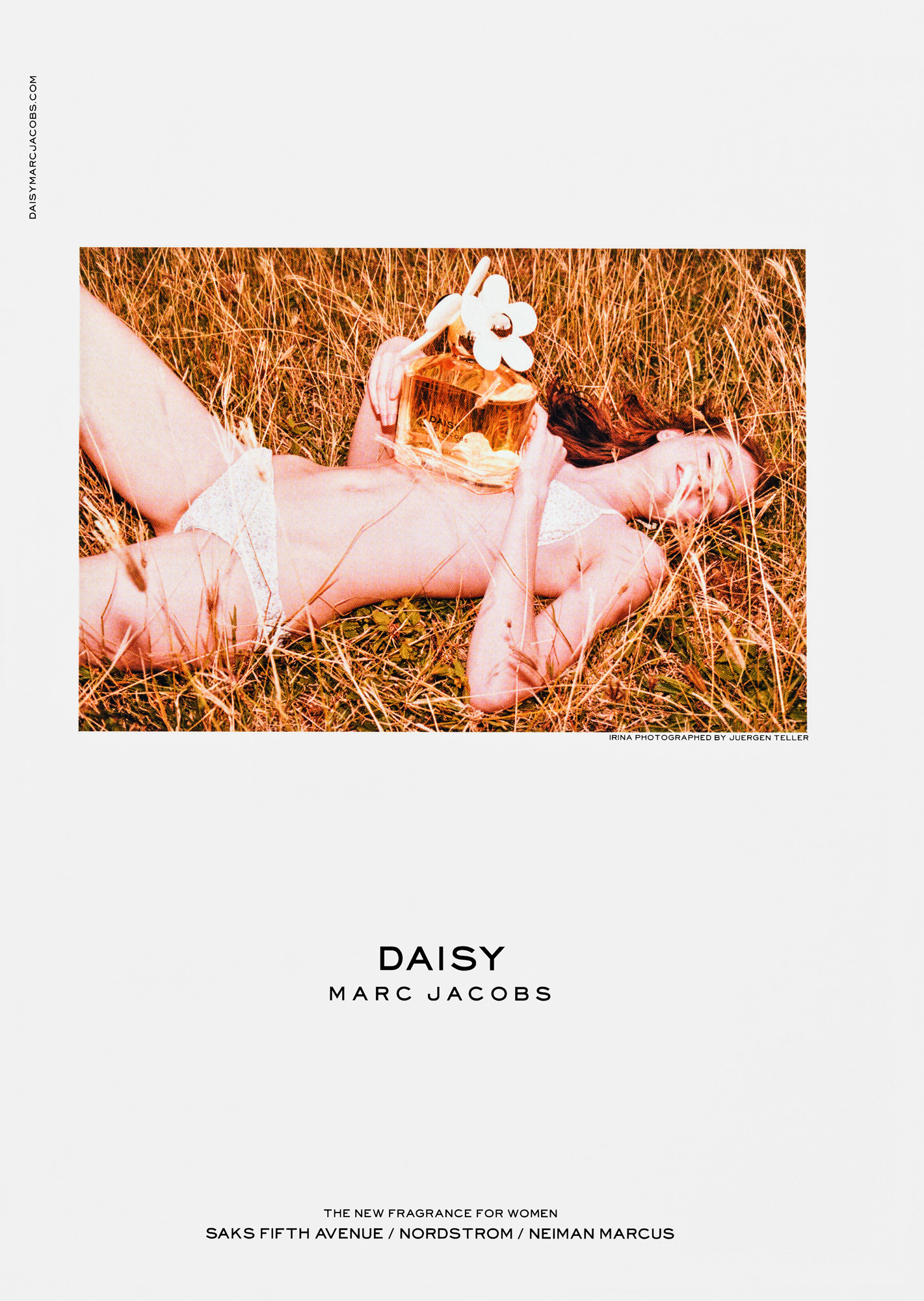
An advert for Daisy by Marc Jacobs, shot by Juergen Teller (2007)
From this temporal vantage point, there’s a palpable sense of a new era dawning – and, one coming to an end. ‘It’s all online now, and so print is just slowly getting choked off,’ says Heimann of why this will likely be the final Taschen book showcasing American ads by decade. ‘I don't think it’ll go away completely, because you look at newsstands, the ones that are left, and there are hundreds of magazines there. So there’s still space for traditional ads on those pages. But online, everything’s so peripheral. It’s there for a moment – and then, boom, it’s gone.’
All-American Ads of the 2000s , £30, published by Taschen is out now.
A photo posted by on
Laura Havlin is an editor, writer and strategist specialising in visual culture. Previously Head of Content at D&AD, and Senior Editor at Magnum Photos, she is now working independently on creative projects in culture and photography.
-
 A hot pink carousel just touched down in the Swiss Alps, thanks to Carsten Höller
A hot pink carousel just touched down in the Swiss Alps, thanks to Carsten HöllerAt Kulm Hotel St. Moritz, the artist transformed a familiar childhood carousel into a meditation on time and being
-
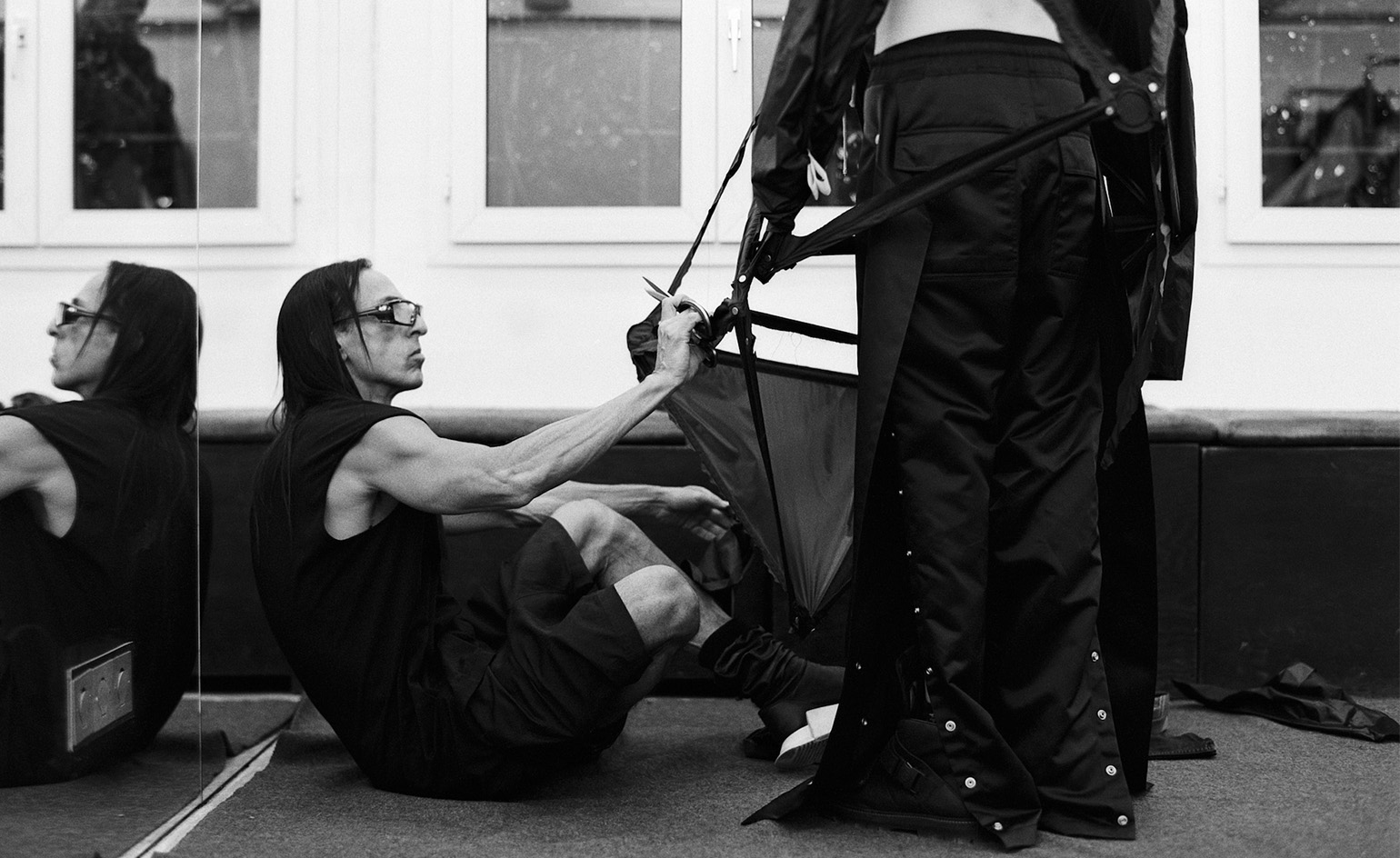 These illuminating interviews tell the story of 2025 in style, from Rick Owens to runway magic
These illuminating interviews tell the story of 2025 in style, from Rick Owens to runway magicExploring themes of creativity, resilience and facing fashion’s future, a series of intriguing conversations from the style pages of Wallpaper* in 2025
-
 This LA-based furniture designer finds a rhythm in music and making
This LA-based furniture designer finds a rhythm in music and makingWallpaper* Future Icons: LA-based Ah Um Design Studio's expressive furniture features zig-zagging wooden frames, mohair and boucle upholstery, and a distinctive use of tiles
-
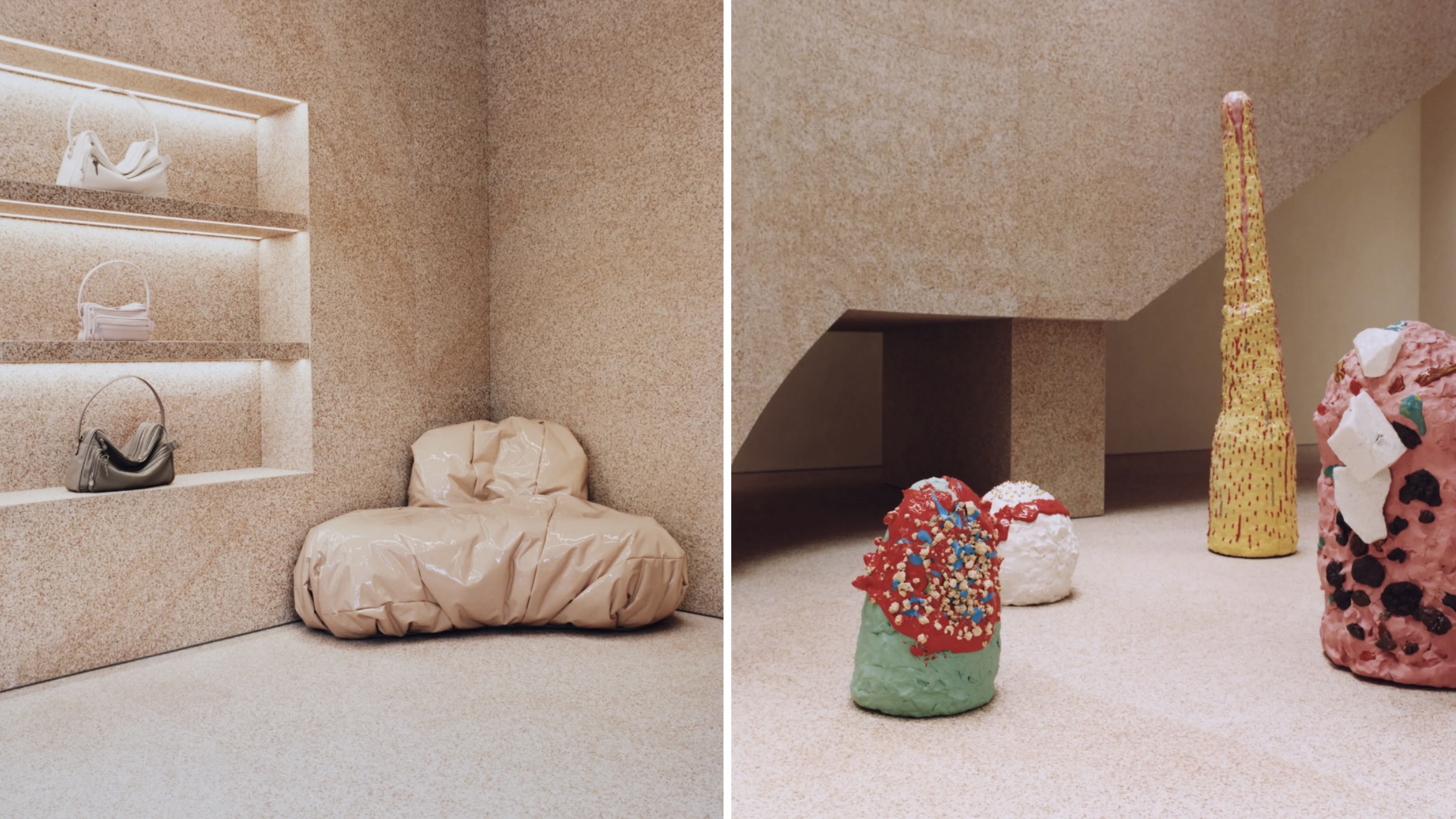 In 2025, fashion retail had a renaissance. Here’s our favourite store designs of the year
In 2025, fashion retail had a renaissance. Here’s our favourite store designs of the year2025 was the year that fashion stores ceased to be just about fashion. Through a series of meticulously designed – and innovative – boutiques, brands invited customers to immerse themselves in their aesthetic worlds. Here are some of the best
-
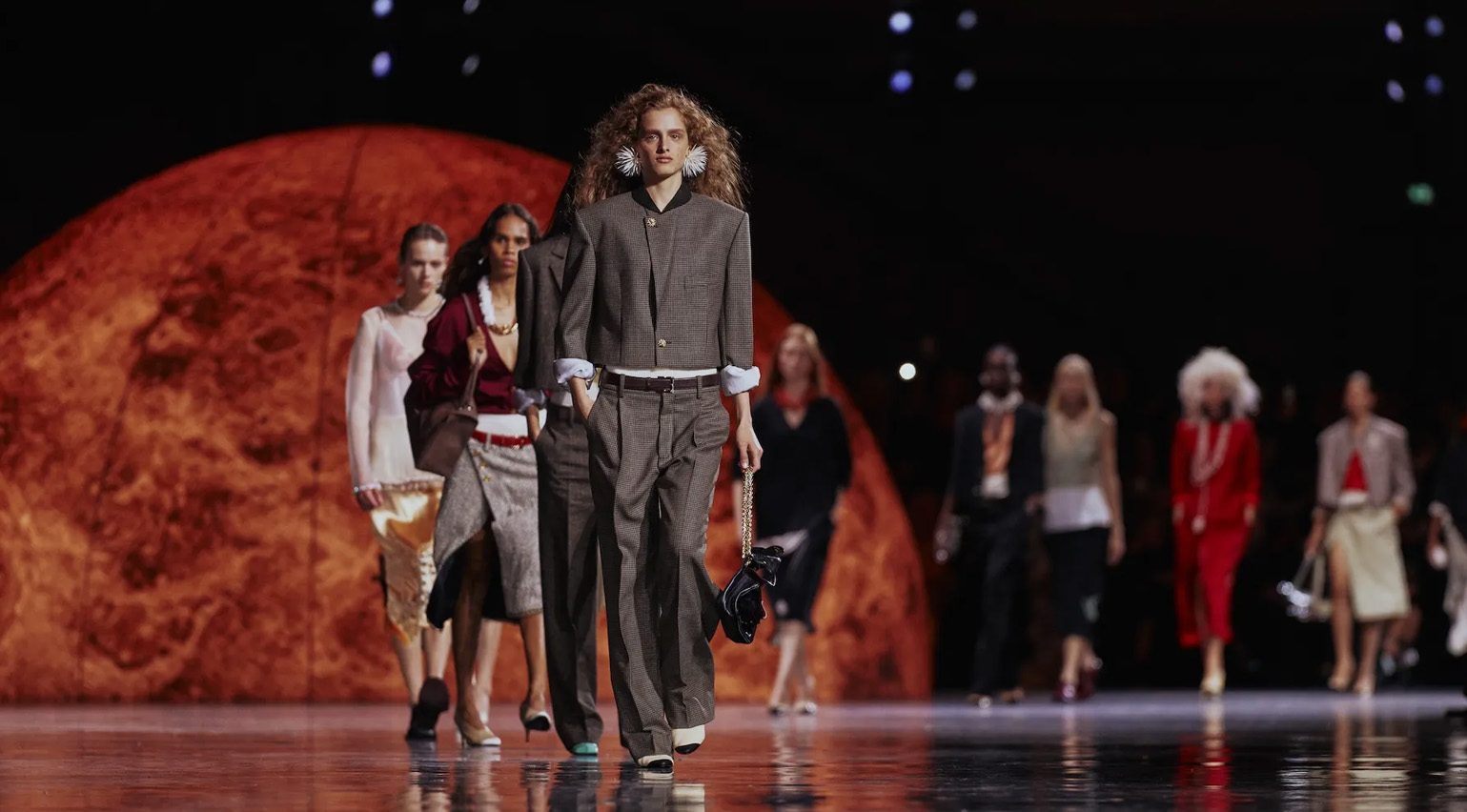 Debuts, dandies, Demi Moore: 25 fashion moments that defined 2025 in style
Debuts, dandies, Demi Moore: 25 fashion moments that defined 2025 in style2025 was a watershed year in fashion. As selected by the Wallpaper* style team, here are the 25 moments that defined the zeitgeist
-
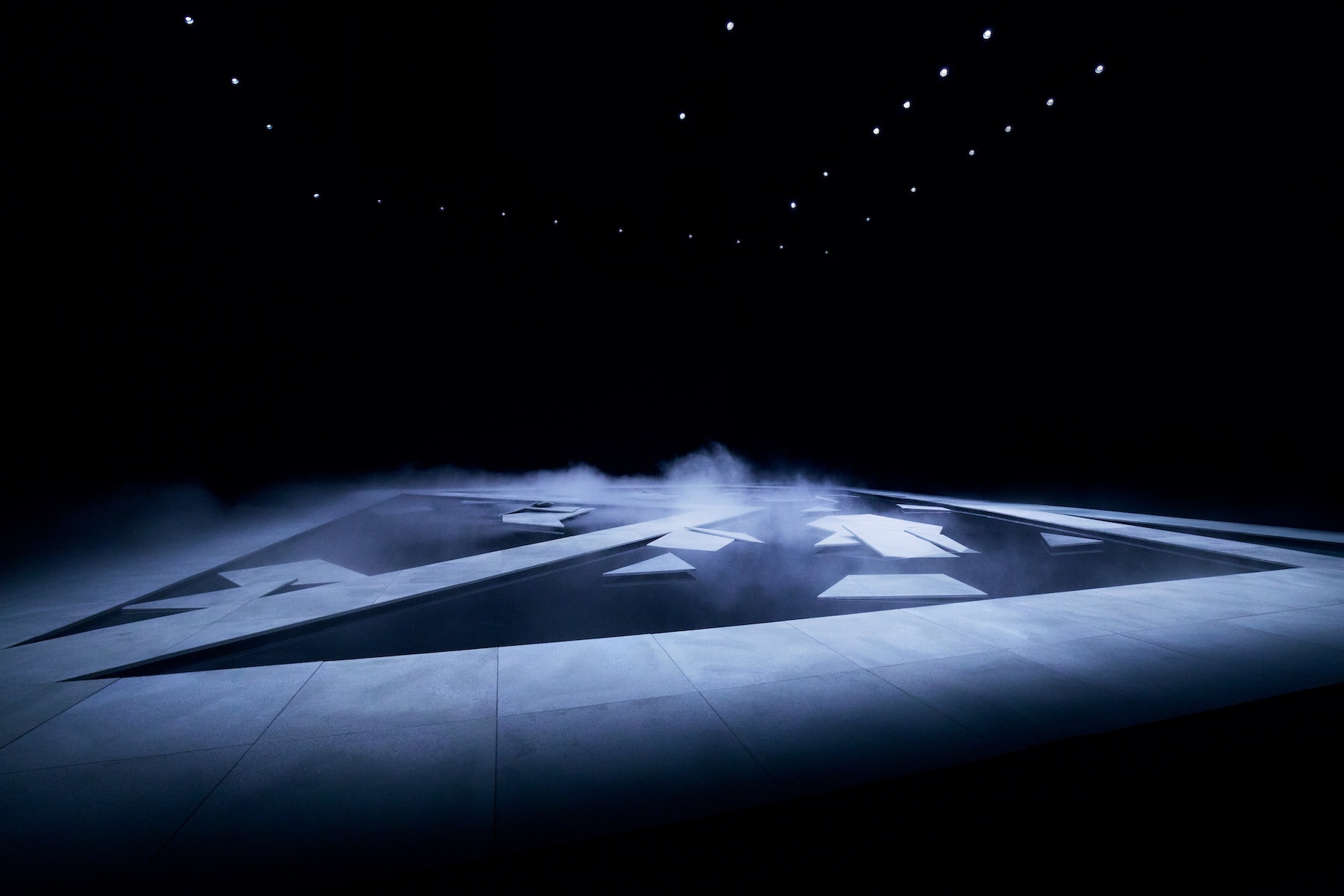 Griffin Frazen on conceiving the cinematic runway sets for New York label Khaite: ‘If people feel moved we’ve succeeded’
Griffin Frazen on conceiving the cinematic runway sets for New York label Khaite: ‘If people feel moved we’ve succeeded’The architectural designer – who helped conceive the sets for ‘The Brutalist’ – collaborates with his wife Catherine Holstein on the scenography for her Khaite runway shows, the latest of which took place in NYFW this past weekend
-
 ‘I want to feel optimism’: Tory Burch hopes her latest collection sparks joy
‘I want to feel optimism’: Tory Burch hopes her latest collection sparks joyPresented in Brooklyn as part of New York Fashion Week, Tory Burch’s latest outing continued her newfound eye for experimentation and play – a balm, she says, for ‘the dark times we are in’
-
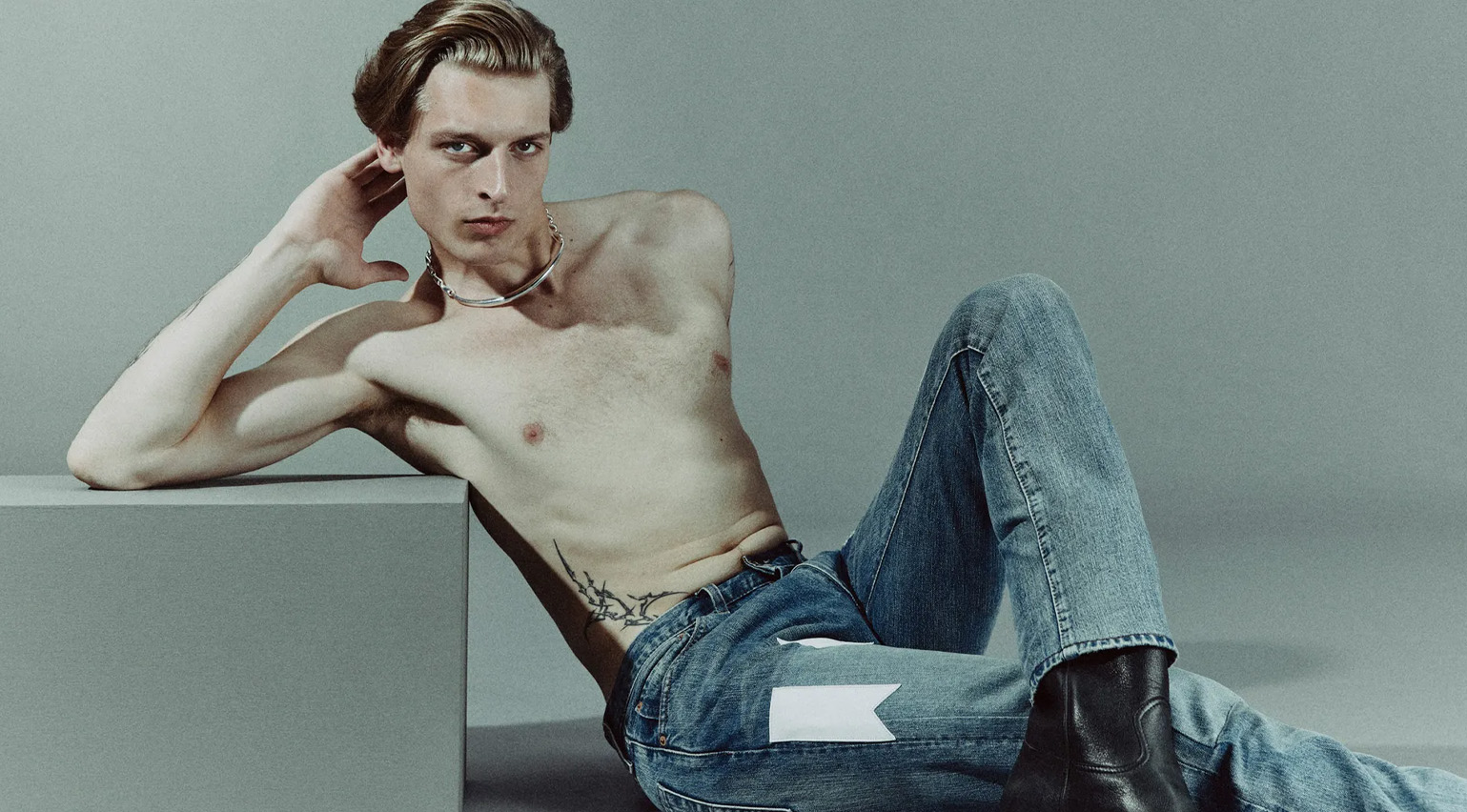 Inspired by Robert Mapplethorpe, A/W 2025’s best menswear captures a ‘menacing elegance’
Inspired by Robert Mapplethorpe, A/W 2025’s best menswear captures a ‘menacing elegance’‘A menacing, seductive elegance,’ is how Anthony Vaccarello described his A/W 2025 menswear collection for Saint Laurent, capturing a mood that ran through the season. Here, as seen in Wallpaper’s September 2025 cover shoot and film, a series of looks that invite a sense of risk when dressing for the months ahead
-
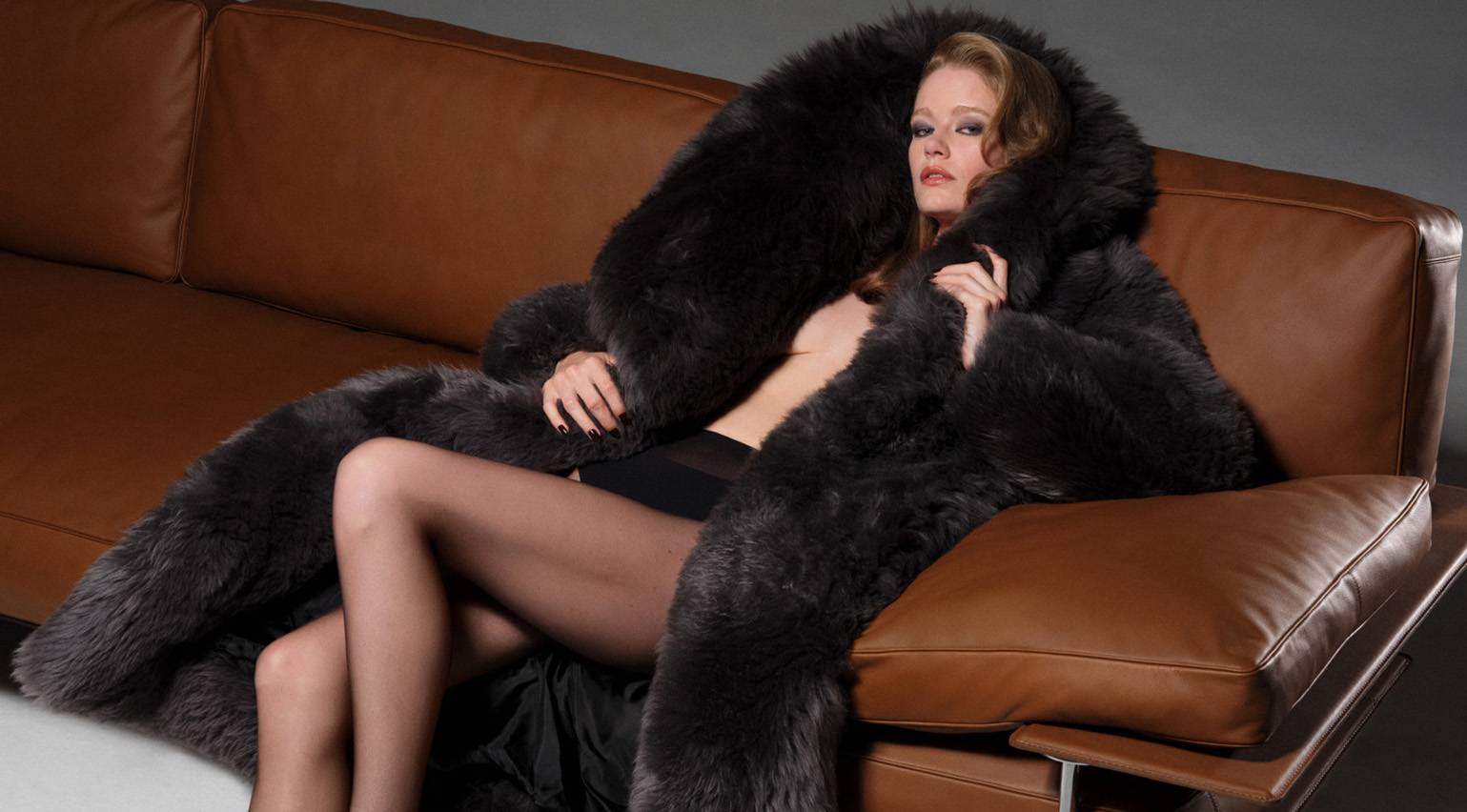 Power suits, thigh-high boots, dangerous glamour: these looks capture A/W 2025’s defining trends
Power suits, thigh-high boots, dangerous glamour: these looks capture A/W 2025’s defining trendsFrom riffs on the working uniform to a mood of dangerous glamour, the A/W 2025 collections encapsulated in 12 distinctive looks and accessories
-
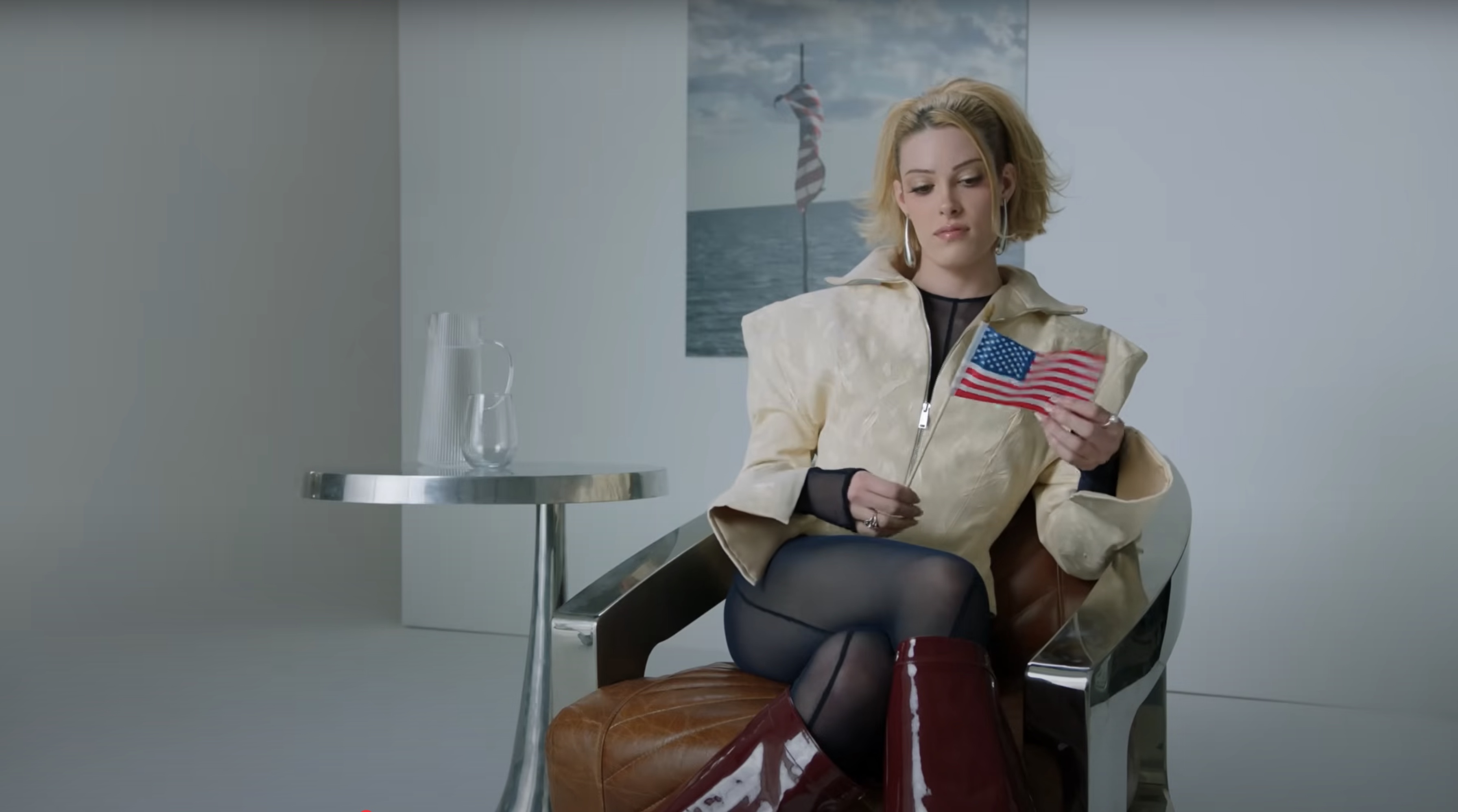 Why Alexis Bittar wants you to display the American flag again
Why Alexis Bittar wants you to display the American flag againIn ‘Reclaim the Flag,’ a new short film, the accessories designer makes the case for being proud to be an American
-
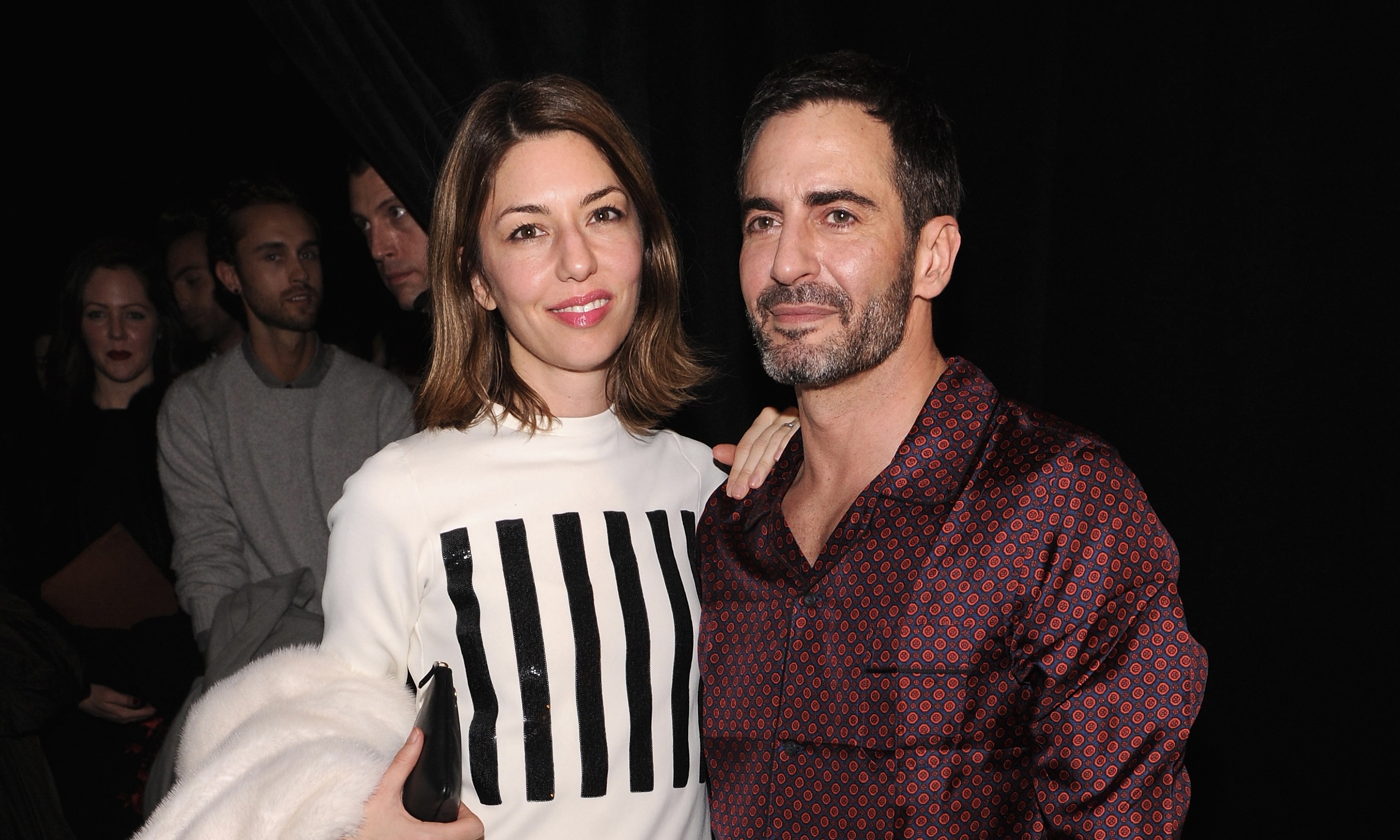 Sofia Coppola’s first documentary will premiere next month, and it’s all about Marc Jacobs
Sofia Coppola’s first documentary will premiere next month, and it’s all about Marc Jacobs'Marc by Sofia' will show at the Venice Film Festival this summer, and promises an intimate portrait of the fashion designer, who is a close friend and collaborator of Coppola